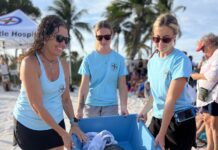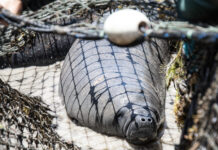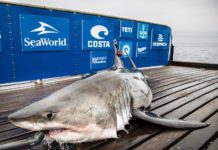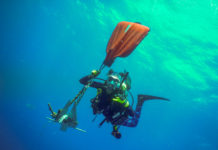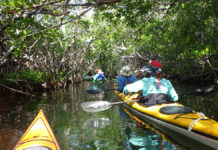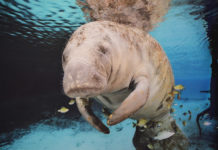A lot has happened in the flats fishing world – on and off the water – in recent weeks. The heavily anticipated palolo worm hatch was mostly a bust this year. These unique reddish sea worms inhabit sponges and marl banks. On a special day, the worm breaks in two: an “atoke” (the asexual half) remains inside while an “epitoke” (the sexual part) swims up to participate in the spawning run. When the secret signal goes out, thousands of 3-inch epitokes break away, rise to the surface, and swim like hell for the reef to join a great swarm of worms for an orgy of egg laying and fertilizing. This phenomenon would likely be relegated to scientific journals or the Discovery Channel but for one fact: tarpon are addicted to the damn things. When the palolos hatch in force, tarpon appear to gulp and slobber them in and can be suckers for little flies tied to imitate the worms.
This year good hatches were reported only twice at Bahia Honda. A lot of Middle Keys anglers spent a bunch of evenings on the water between the Long Key Bridge and Bahia Honda looking for swimming worms and gorging tarpon. There was a smattering of worms but never a big hatch. The palolos must have done their thing under the cover of darkness this season.
Tarpon anglers were also tormented by an unusual stretch of bad weather that began Memorial Day weekend and produced Tropical Storm Andrea. Two weeks of thick clouds and rain followed, making sight-fishing extra difficult. The big fish continued to swim and persistent fishermen, in full rain gear, managed to catch their share. When the weather finally improved, it got really good with many reports of multiple fish days on the flats skiffs.
As the numbers of anglers and boaters on Keys’ waters grow, courtesy and etiquette become more important. Tarpon swim mostly parallel to our islands and flats skiffs stake out to intercept them. Anglers encountering another staked-out boat are expected to get behind (usually to the west) of boat No. 1 at a reasonable distance – setting up close by and in front (east) is dirty pool. Real exasperation comes from other boaters unaware of the tarpon migratory paths and the waiting skiffs. Last week I was set up for tarpon on the edge of a bar with another flats boat, a courteous 200 yards astern. A large center console, festooned with fishing rods, came roaring in, cut between us, realized he was going to run aground, cut back in front of me and proceeded to run straight away east motoring over – and spooking — every tarpon heading our direction. When on the water please give the flats skiffs some room (100 yards or more) and try to avoid running along the mostly east-west tarpon routes.
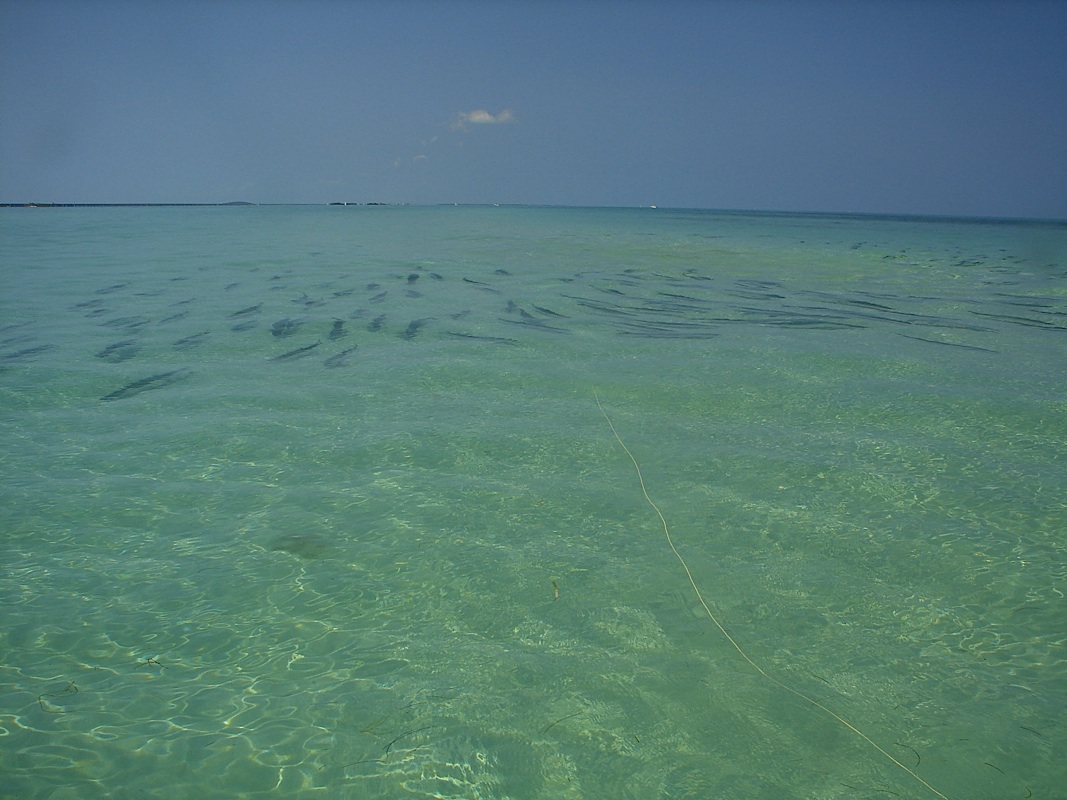
There is now more than anecdotal evidence the Keys host lots of flats fishermen. The Bonefish and Tarpon Trust just completed a study of the economic contributions provided by our flats fishery. Over $427 million annually is pumped into the Keys’ economy by fishing for bonefish, permit and tarpon. This activity also accounts for more than $26 million in tax revenue for state and local governments. Lastly, the flats fishery supports over 4,300 full time equivalent jobs in our islands; all good dollar and cents reasons to take care of our inshore fish and their habitats.
Recognizing the value of these fisheries, on June 12 the Florida Wildlife Commission (FWC) acted to establish new catch and release requirements for tarpon and bonefish. One tarpon per year may be killed, for International Game Fish Association record purposes only, if the angler has purchased a special $50 kill tag from the FWC. Otherwise tarpon must not be taken from the water. Bonefish are also now officially a catch-and-release species and the old tournament exception allowing bonefish to be kept in livewells and transported to weigh in has been eliminated. Studies indicated this kind of handling killed too many of the bigger fish.
Each year the Keys’ host three tarpon fly fishing tournaments: the Golden Fly, Hawley and Gold Cup. Results are in for the first two with Kiwi Julian Robertson and Homestead’s Capt. Joe Rodriguez winning the Golden Fly with seven tarpon in three days and Rand Holstead of Houston, Texas and Capt. Brian Helms of Islamorada snaring the Hawley with 13 tarpon released over five days. The Gold Cup is underway as I’m writing this and wraps up on June 21.
The big tarpon run will start winding down soon, permit will return to the flats from the wrecks and reefs, and attention will be turned back to the bonefish. Hunting the summer flats for the wary perms and bonies creates new challenges for inshore Keys’ anglers.
Marathon resident Bill Horn is a veteran Keys’ flats angler, a former Assistant a of the Interior for Fish, Wildlife, and Parks under President Reagan, and author of “Seasons on the Flats: An Angler’s Year in the Florida Keys.” For more information see his website www.seasonsontheflats.com or contact him at bhorn@seasonsontheflats.com.


















